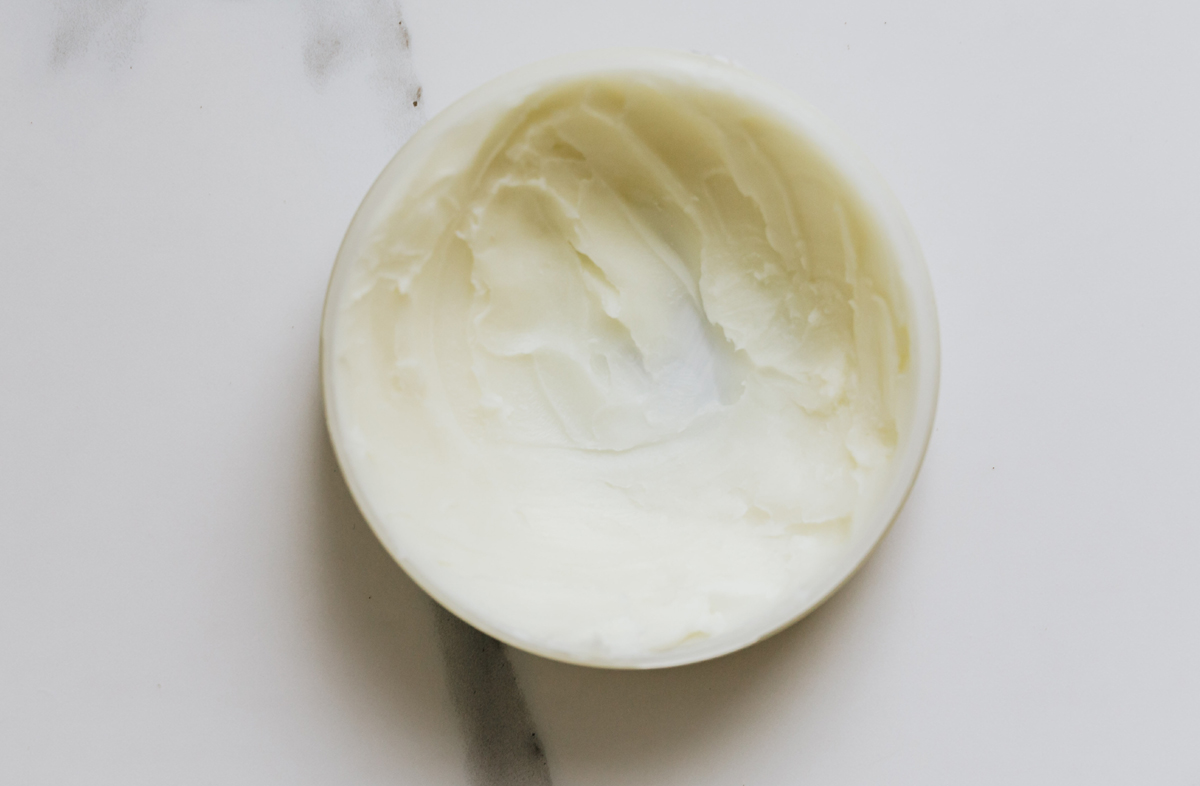Look No Further for a Natural Asthma Treatment

Asthma is an airway condition that has rapidly increased in prevalence over the last couple of decades. This may be due to the increase in pollution, toxins and triggers in our environment. However, with the increase in prevalence there is an increased motivation to find treatments to relieve and cure asthma. Presently asthma is incurable and treated by medications and pharmaceuticals that are required for the rest of the patient’s life. Conventional medicine although effective at reducing inflammation and temporarily dilating the airways, has a potential risk for side effects. Additionally, there is no long-term solution with bronchodilators and asthma inhalers. In the search to cure asthma, natural and alternative approaches are being broached to relieve and eliminate symptoms, frequency and progression of this disorder. Some of the alternative treatments that are showing benefits include breathing exercises, diet, exercise, homeopathy, vitamin and herbal supplementation, acupuncture, yoga, chiropractic, massage therapy, and biofeedback.
Diet
Much like the air we breathe, the environment we surround ourselves with and the company we keep, the food that we eat affects our asthma just as much. Food is our bodies natural fuel source for energy however not all foods are used the same way in the body. Some foods worsen asthma symptoms where as other foods help to alleviate asthma symptoms. Food allergies are one of the many triggers of asthma. It is important to determine which foods cause an allergic reaction so you can eliminate them from your diet. Once these foods are removed your asthma symptoms should be greatly diminished. Foods that worsen asthma include saturated fat, salty foods, additives, preservatives, and dairy products. Saturated fats are found in red meats, shellfish, egg yolks and butter. When consumed these foods cause an inflammation response from the bodies immune system which can worsen and even cause an as asthma attack. Increased sodium levels and diets high in slat also cause inflammation within the body. Artificial sweeteners, food preservatives, and food coloring such as aspartame, sulfites, benzoates and yellow dye #5 can cause increased asthma symptoms. Dairy products increase mucus production, which worsens asthma. Eliminating milk, cheese and other cultured milk products from your diet can help to minimize your asthma symptoms. It will be necessary to supplement your diet with other sources of calcium and vitamin d.
While these foods aggravate asthma there are foods that help to alleviate asthma symptoms. Consuming fruits, vegetables and omega-3 fatty acids can help to reduce inflammation, increase lung function, and relieve asthma symptoms. Fruits and vegetables provide the body with a great source of fuel for energy as well as providing a ton of essential nutrients such as vitamins, minerals and antioxidants. Tomatoes, carrots, pineapples, apples and leafy green vegetables are examples of fruits and vegetables that should be included in a daily diet to lower the prevalence of asthma. Three to five servings of a variety of fruits and vegetables should be eaten everyday. Omega-3 fatty acids are essential to our health, however they cannot be synthesized in the body, therefore must be consumed through the foods we eat. Omega-3 fatty acids have many health benefits such as increasing brain function, growth and development, reducing the risk for chronic diseases and reducing inflammation, which can lead to asthma symptoms. Examples of omega-3 fatty acids that are nutritionally important are ALA (alpha-linolenic acid), EPA (eicosapentaentaenoic acid), and DHA (docosahexaenoic acid). These polyunsaturated fats help to reduce inflammation caused by saturated fats. Omega-3 fatty acids are found in fish such as salmon, tuna and halibut, flaxseed, nut oils, algae, krill and some plants.
Herbs
A naturopathic and holistic path of relieving asthma symptoms includes the use of herbs. Herbal remedies have been used for thousands of years in many different cultures. In some countries, herbal remedies are used as the primary asthma treatment as opposed to traditional prescription medication. Research is still being done on herbs to determine their beneficial factors. Some herbs that have shown promise in alleviating asthma symptoms include butterbur, dried ivy, ginkgo, tylophora, Indian frankincense, boswellia, kotuku, and grape seed. These herbs act as anti-inflammatories, which stop the narrowing of the airways, which occurs during an asthma attack. In many studies, the number duration and severity of asthma attacks decreased and symptoms improved after using herbal remedies. Some considerations before starting the use of herbal remedies are the quality of the herbs, side effects and drug interactions that can occur. Therefore its best to consult with an herbalist or doctor of Traditional Chinese Medicine before taking any herbal remedy.
Homeopathy
Homeopathy is an alternative medicine that stimulates the bodies innate self healing response by using infinitesimal doses of natural substances that cause symptoms. Homeopathy is a holistic medicine, which uses all natural ingredients from plants and animals. The idea of homeopathy is long term complete healing of a disease, rather than short-term relief. This type of healing boosts the body’s immune system and cellular function making it easier to avoid a re-occurrence or relapse of the same symptoms or disease. For asthma sufferers the homeopathic remedies would include substances that generally trigger an asthma attack such as pollen or weeds. Because the doses are so small it will not cause a full on asthma attack but encourage the bodies immune system to eliminate the substance, which strengthens the body and lungs.
Breathing Exercises
Asthma is an airway condition, which constricts the lungs and increases inflammation causing an inability to breathe. Because breathing is essential to life finding a way to minimize the symptoms of asthma to allow for easier breathing is quite important as well. Many triggers for asthma come from the environment however some can be psychological such as fear, anxiety and stress. Therefore alternative practices such as breathing exercises and stress management can help to reduce the severity and frequency of asthma symptoms. Although traditional medicine gives no scientific backing to these methods, studies are still being done to determine just how effective breathing exercises can be to reduce asthma. The four main breathing exercises include Buteyko breathing techniques, the Papworth method, yoga breathing (pranayama) and inspiratory muscle training. Each method has shown signs of having the ability to reduce the severity of asthma symptoms with the possibility of decreasing the use of asthma medications. Consult your doctor before stopping any of your asthma medications.
The Buteyko method is based on the assumption that asthma is caused by chronic hyperventilation or over breathing. To correct it this technique focuses on breathing retraining. Hyperventilation leads to low carbon dioxide levels in the blood, so by raising these levels through shallow breathing you can eliminate asthma symptoms. The main objection of Buteyko is to normalize breathing through three principles: nasal breathing, reduced breathing and relaxation.
Nasal breathing is very important for the body as it protects the airways by warming, humidifying and cleaning the air before reaching the lungs. Additionally nasal breathing maintains appropriate levels of carbon dioxide and nitric oxide in the lungs. Although very important for asthmatics to increase nasal breathing it isn’t to enough along to completely reduce asthma. Reduced breathing involves breath control, where you consciously reduce your breathing rate and volume. To do this Buteyko uses an exercise called control pause. This is the amount of time someone can comfortably hold his or her breath after a normal exhale. Overtime control pause and nasal breathing will become instinctive and work in unison to decrease asthma symptoms. Lastly relaxation is used if and when an asthma attack occurs. At the very start of an asthma attack its normal for the breathing to become short and rapid causing the person to hyperventilate. However, if they can overcome this over breathing phase by controlling their breathing, they can eliminate an asthma attack all together.
The Papworth method much like the Buteyko method was developed to control over breathing and uses techniques such as nasal breathing and relaxation however its main idea centers around deep belly breathing or diaphragmatic breathing. Diaphragmatic breathing encourages more relaxed, gentler breathing, which uses the diaphragm and abdomen rather than the chest.
One of the basic principles of yoga is pranayama-yoga breathing. Yoga breathing teaches deep, slow, steady breathing. In addition to yoga’s breathing techniques it improves fitness and reduces stress which are triggers of asthma. Yoga is an alternative exercise and treatment to reduce asthma.
Inspiratory muscle training is a breathing technique used to strengthen the lung muscles marking it easier to breathe. These breathing exercises are not only used as a natural asthma treatment but also in the management of COPD, pulmonary rehabilitation, heart failure treatment and after certain types of surgery. Additionally inspiratory muscle training can be used for improving sports performance and exercise endurance.
Exercise
Exercise keeps the body strong and physically fit. For people with asthma, regular exercise especially aerobic exercise strengthens the lungs and stretches the bronchial tubes which makes it easier to breath and diminishes the resistance to breathing. In addition, exercise reduces excess weight, which can be a risk factor to developing asthma. Overall exercise and an active lifestyle can prevent asthma symptoms.
Relaxation Therapy
Relaxation techniques target the stressors that triggers an asthma attack. By reducing the stress and learning ways to cope with stress, patients can learn ways to avoid and reduce the occurrence of asthma as attacks. Relaxation therapy includes several disciplines such as mediation, biofeedback, and hypnosis.
Biofeedback training teaches one how to consciously control your body’s vital functions such as breathing, heart rate, and blood pressure. These body functions are e normally unconsciously controlled by the Autonomic nervous system. However, by monitoring these functions through electronic devices you can retrain your body to get a desired response. For asthmatics, biofeedback is a great tool especially when an attack occurs. The patient can learn to use relaxation, mediation and visualization to increase the amount of inhaled air to reduce the fear and anxiety of an asthma attack.
Meditation can be used to help with asthma in several areas of the condition. First medication is all about quieting the mind. When this is achieved the body and mind are completely relaxed, blood pressure lowers, heart rate decreases and blood flow increases. For asthmatics relaxation reduces the trigger that cause an attack. Secondly, active meditation allows the mind to focus its awareness on a direct object. Many focus on breathing, especially asthma sufferers. This strengthens the lungs and enhances lung capacity.
Whether you believe in it or you think it’s a hoax, hypnosis has been used for many different ailments such as weight loss, smoking and even asthma. Hypnosis is an artificially induced trance where a person becomes more aware, focused and open to suggestion. People, who are more highly susceptible, show more improvement with this technique. Therefore hypnosis is not a recommended treatment for all people. However, studies did show an increase in bronchial hyper responsiveness, improvement in asthma symptoms and a decrease in the use of asthma medications.
Chiropractic
Chiropractic is based on the philosophy that our bodies nervous system has the ability to heal itself. However, when spinal vertebrae become misaligned the nervous system is unable to do its job. Therefore a chiropractor manipulates the body to move the vertebrae back into place, allowing the nervous system to then heal the tissue around the previously subluxated vertebrae. In patients with asthma the objective of chiropractic is to increase motion in the thoracic cage, mobilize ribs, enhance arterial blood supply and lymphatic return, and increase nervous system activity. By reducing restriction of the vertebrae and muscles surrounding the spine, asthma symptoms will diminish by allowing the lungs to expand freely. Improvement was shown in the number of asthma attacks, medication use, quality of life and changes in asthma symptoms, when research was conducted. However, the data concluded that the improvements were not statistically significant enough to recommend chiropractic treatment as an alternative therapy for asthma sufferers. However, patients who receive massage feel more relaxed, with looser muscles and easier mobilization.
Massage Therapy
Massage therapy in patients with asthma have shown improvement in stress levels as well as increased lung function. Massage therapy opens up the pores, pushes out congestion and phlegm, and reduces heat and inflammation. For children who suffer with asthma, a 20-minute massage each night before bedtime has shown to increase peak airflow, improve pulmonary function, and lessen anxiety. Specific massage points on the neck, chest and arm target symptoms especially related to asthma.
Acupuncture
Acupuncture is an ancient treatment originated in China thousands of years ago. The philosophy behind acupuncture is that the human body has a life force, which flows throughout the body in opposing forces, called the yin and yang. Diseases such as asthma are caused when the energy flow becomes blocked, imbalanced or stagnant in the body. Acupuncture relieves these illnesses through the placement of very thin, long needles, which care placed along the meridians, pathways in the body in relation to the symptoms of the disease. Such is the case with asthma; acupuncture needles are placed in the upper back, and hands. Although the research is in conclusive about the benefits acupuncture can have on asthma symptoms, it has shown improvement in some cases. Therefore if you are looking for an alternative treatment for asthma, you may want to consider acupuncture. You may be one of the lucky patients who finds relief and reduction of their asthma symptoms. Always use a reputable and licensed acupuncturists to avoid the risk of side effects due to improperly placed needles or sanitary concerns.
The Author:
Sarah Labdar grraduated with a BA in exercise science and have worked in the medical field since. My focus is alternative medicine however all aspects of health interest me.
Photo. Anja








